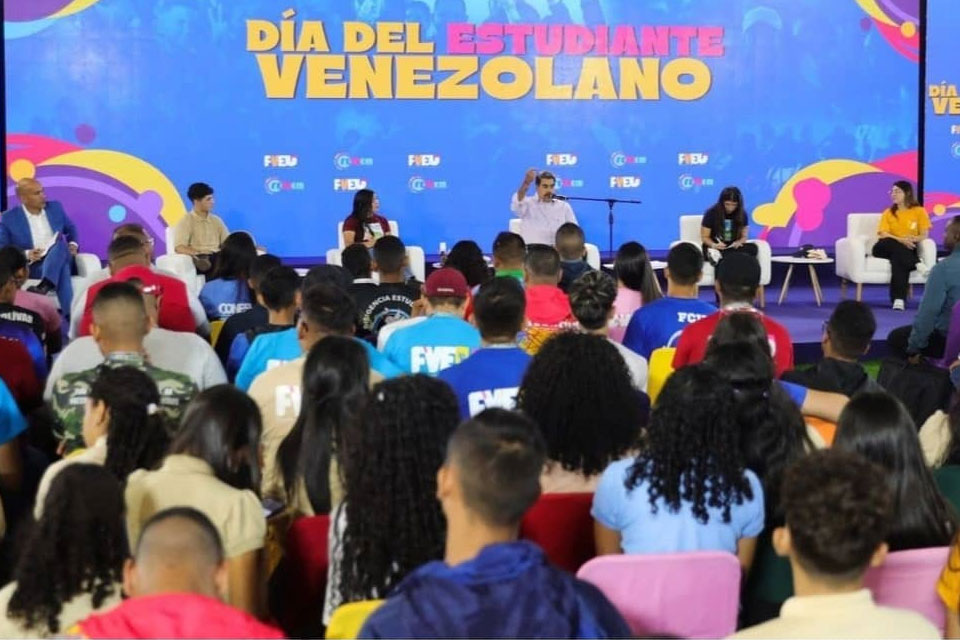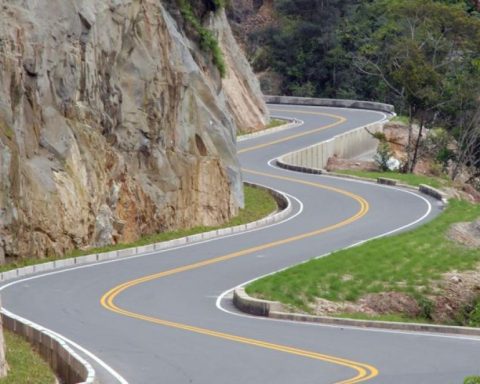November 22, 2024, 4:00 AM
November 22, 2024, 4:00 AM
The dollar quote board on the black market once again has a new price. From Bs 10.50, the US currency became worth Bs 11.50, which means a loss of value of the Bolivian by 65%, if you take into account that the official price for the sale of foreign currency is Bs 6.96, according to the Central Bank of Bolivia (BCB).
Faced with this new deprecation of the national currency, the economistGermán Molina, maintained that It is a new blow to the purchasing power of the population who see how their income no longer has the same value, “who see how everything is becoming more expensive, while their salaries are increasingly out of step with the real economy.”
Molina indicated that regarding the cost of living measured with the inflation rate during the period 2020 to 2023, they range from a minimum of 0.67% in 2020, 0.90% in 2021, to a maximum of 3.12% in 2022. and an inflation rate of 2.12%, in 2023, “That means that people’s fixed income was moderately affected according to the variation in the Consumer Price Index (CPI).”Molina said, at the same time as highlighting that the subsidy, regulated prices and the entry and exit of products to the country via smuggling and the rise in the price of the parallel dollar had an impact on internal prices and the repressed and postponed inflation rate.
“The accumulated inflation rate as of October 2024 registered 7.26 percent, following a growing trend and doubling the programmed annual inflation rate. This is a clear depreciation of the national currency and a blow to the population’s pockets.”Molina pointed out.
The increase in foreign currency that occurs in the capitals of the central axis, to Mauricio Rioseconomist, is due to the “effect “liberation” of fuel imports.”
For Ríos, the foreign currency was in no way going down, but rather it was seeking to gain momentum to rise again with more force.
Walter Morales financial analyst, maintained that since Wednesday there has been a noticeable jump in the price of the dollar, which has factors that are related to the “Balance of Payments” crisis we are going through. This has several stages and to the extent that the structural causes are not corrected, what we will see are these types of shocks”
Morales specified that the factors that explain the upward trend are, above all, the greater pressure in the demand for dollars destined for fuel imports from private parties.
“A report from the Bloomberg agency was released that summarizes all the difficulties that the country has been facing in its shortage of dollars. Country risk, this is the cost of investing in Bolivia, remains the second highest in the entire regiononly after Venezuela. The above has also generated some movements in the cryptocurrency market linked to the dollar, which many Bolivians already use and which, although they were signaling a containment of the exchange rate, today replicate instability and profit-taking, also in the physical market. Morales analyzed.
Carlos Aranda, Populi economist, points out that the need for more dollars by private companies to import fuels, without a doubt that “will cause a scenario of speculation where some economic agents will see the opportunity to increase their income due to an increase in the price of the dollar.”
Aranda also considers the country risk rating that is decisive. international organizations do with Bolivia, in their opinion this makes the expectations for making investments or businesses and generate dollars is lower.
“It is urgent to convey certainty and an adjustment to the country’s economy,” said Aranda.
On the subject, David Maygua, EL DEBER correspondent in Tarija, reported that the influx of Argentines to Bermejo (Tarija) increased in recent days due to the depreciation of the Bolivian currency and the appreciation of the peso to take advantage of the economic situation and buy wholesale.
Currently there is an exchange rate of 100 Argentine pesos for 9 bolivianos.
“Despite the rise in some prices, the Argentine peso is currently the strong currency on the border with Bolivia,” said César Benítez, a citizen of Argentina.
Argentines cross to Bermejo to buy new and used sneakers that are 70% less than in Argentina, as well as stationery (toilet paper, disposable tissues and napkins).
The executive secretary of the Bermejo Federation of Union Workers, Ruben Borja, stated that The Argentine currency increased in relation to the Bolivian and that means that the merchandise that Argentines buy in weight is reduced in cost.
“So that’s why more people are coming in from Argentina to take merchandise because of the exchange rate,” said the union member.
Benítez said that Argentines enter Bermejo more because wholesale purchases are made, unlike what happens in Villazón or Yacuiba, which are the other border cities of Bolivia.
The economist Fernando Romero He pointed out that for inflationary reasons the Bolivian currency is depreciating, compared to the currencies of neighboring countries.
“For example, One Peruvian sol is worth Bs 3. This weekend in Argentina there was an increase in the value of the peso compared to the Bolivianpreviously one boliviano was equivalent to 111, 11 bolivianos in the border market and now it fell by 2%. This means that the Argentine peso has increased in its purchasing power,” said Romero.















